Introduction
Tirzepatide (marketed as Zepbound for weight management, and as Mounjaro for diabetes) has surged in popularity due to its powerful weight-loss effects. But one of the biggest barriers for many Americans is the cost. In 2026, with shifting insurance policies and the end of compounded versions, it’s more important than ever to know what you might pay—out of pocket or with coverage.
This article provides the latest information on monthly costs, insurance coverage changes, and the cheapest pharmacy options. We also compare tirzepatide vs semaglutide and answer popular user questions like “Is tirzepatide covered by insurance in 2026?”
1. Current Monthly Price of Tirzepatide in the US (2026 estimate)
Because list prices, manufacturer discounts, and pharmacy markups change, the following table presents typical ranges as of latest public data and market trends.
| Dose / Use | Approx List Price (without insurance) | Notes / Sources |
|---|---|---|
| Zepbound (for weight loss) | ~$1,060 for a 28-day supply | GoodRx quotes ~$1,060 for a 28-day supply. GoodRx |
| Tirzepatide vials (self-pay program from Lilly) | From $499 to $699 depending on dose & refill timing | Lilly has a direct-to-consumer program pricing higher-dose vials at $499/month (refill windows) and higher out-of-window prices. Verywell Health |
| Compounded tirzepatide (historical / no longer allowed) | $250-$350 (when available) | Earlier in 2024, off-brand / compounding versions were quoted in this range. Yahoo+1 |
Important note: In mid-2025 the FDA ended enforcement discretion for compounded semaglutide and tirzepatide as shortages resolved, meaning compounding pharmacies must stop selling these versions. ABCS+1
Hence, by 2026, most patients will need to use the brand-name product (Zepbound) unless covered by insurance or using a manufacturer program.
2. Insurance Coverage for Tirzepatide in 2026
2.1 Private Insurance & Employer Plans
-
Many employer-sponsored health plans are removing coverage for weight-loss drugs starting in 2025 and 2026, citing rising costs. Forbes+2CommonWealth Beacon+2
-
For example, Blue Cross (a major insurer) plans to drop coverage of anti-obesity medications such as Zepbound starting Jan 1, 2026. Forbes+1
-
Some plans may still cover tirzepatide if used for diabetes rather than weight-loss—though formulary placement and prior authorizations often apply.
2.2 Medicare & Medicaid
-
As of April 2025, the Trump administration reversed a prior plan to expand Medicare/Medicaid coverage of anti-obesity drugs. The final 2026 Medicare Part D rule will not allow coverage of weight-loss medications, including tirzepatide, under standard benefits. American College of Gastroenterology
-
Medicaid’s coverage is state-dependent. Some states may drop coverage for weight-loss medications starting 2026 (e.g. Medi-Cal in California is proposed to end coverage). CalMatters
-
However, Medicare Part D already covers GLP-1 drugs if prescribed for diabetes or cardiovascular use—not obesity—under certain conditions. ASPE+1
2.3 Prior Authorization & BMI Requirements
-
Even when plans cover Zepbound, prior authorization (PA) is common. Patients often must meet BMI thresholds or fail other interventions first. Veterans Affairs+2MFM Health+2
-
Some insurers have removed Zepbound from their formulary entirely. For instance, CVS Caremark removed Zepbound from its formulary effective July 1, 2025. Mass.gov
3. Cheapest Pharmacy Options (Walmart, CVS, GoodRx)
While brand-name drugs often have limited discount leeway, some pharmacies or discount programs may offer lower cash prices or coupons. Below is a comparison table of major U.S. pharmacy sources and their typical practices. Note: actual price varies by zip code, dosage, and stock.
| Pharmacy / Platform | Typical Price Note | Comments & Link |
|---|---|---|
| GoodRx | Lists ~$1,060 for 28-day Zepbound before discounts | GoodRx page for Zepbound cost shows $1,060 list price. GoodRx |
| Walmart | May match GoodRx coupons or manufacturer savings | Search “Walmart pharmacy tirzepatide” on their website or in local branches |
| CVS | May reject Zepbound or require prior authorization | CVS Caremark removed Zepbound from formulary mid-2025, limiting access via CVS. Mass.gov |
| Lilly Direct (manufacturer program) | Self-pay vials from $499/month depending on dose and timing | Lilly’s direct program is often the best fallback if not covered by insurance. Verywell Health+1 |
Because of formulary exclusions and pharmacy policies, the cheapest effective option for many will be Lilly’s direct-to-consumer program, discount coupons, or manufacturer assistance.
4. Tirzepatide vs Semaglutide: Cost & Efficacy Comparison
To help readers choose, here’s a side-by-side comparison of tirzepatide vs semaglutide (Wegovy / Ozempic) regarding cost and key differences.
| Feature | Tirzepatide (Zepbound / Mounjaro) | Semaglutide (Wegovy / Ozempic) |
|---|---|---|
| Mechanism | Dual GIP + GLP-1 receptor agonist | GLP-1 receptor agonist only |
| Typical List Price | ~$1,000+ per month (28-day supply) | ~$1,300+ per year (for weight loss dose) |
| Efficacy for weight loss | Higher reductions in clinical trials for many patients | Strong reductions, especially at higher doses |
| Insurance coverage | More insurers dropping coverage for obesity indication | Some plans already cover semaglutide, but coverage still patchy |
| Cost-effectiveness | One study shows higher cost per quality-adjusted life year (QALY) for tirzepatide vs semaglutide in some contexts. Pharmacy Times | Semaglutide plus lifestyle may be more cost-effective with discount from net price. JAMA Network+1 |
| Access / formulary | Facing formulary removals (e.g. CVS) | More likely to be retained by some insurers due to prior adoption |
Takeaway: Semaglutide may offer less disruptive insurer coverage, though tirzepatide often shows stronger weight loss in trials. But with many insurers dropping access, real-world cost becomes a deciding factor.
5. Frequently Asked Questions (FAQ)
1. Is tirzepatide covered by insurance in 2026?
Generally no for weight-loss indication under Medicare/Medicaid and many employer plans are dropping coverage. Some private plans may still cover it, especially if used for diabetes or cardiovascular benefit.
2. Can I still use compounded tirzepatide to save money?
No. As of mid-2025, the FDA ended enforcement discretion for compounded versions because the drug shortage has been resolved. Compounded versions must be discontinued. ABCS+1
3. What’s the cheapest way to get tirzepatide if I'm uninsured?
Check Lilly’s direct-to-consumer program for self-pay vials, use manufacturer coupons, or look for special discount assistance programs. Sometimes pharmacies match GoodRx coupons.
4. Will my employer plan still let me get tirzepatide?
It depends on the employer’s insurance renewal decisions. Many plans are removing coverage, so check during open enrollment.
5. How do I know if my dose is low enough to qualify for coverage?
Insurers often require you to meet BMI thresholds or prove failure of first-line weight loss methods (diet, exercise). If you meet those, your doctor can submit a prior authorization.
6. Does tirzepatide cost decrease over time?
Possibly, as generics or biosimilars enter the market. But in the short term, cost reductions depend on manufacturer price cuts or insurer negotiation.
6. Alternate Popular Titles (for SEO / Google search)
-
“Is Tirzepatide Covered by Insurance in 2026?”
-
“How Much Does Zepbound Cost in 2026 with & without Insurance?”
-
“Tirzepatide vs Semaglutide Cost Comparison 2026”
-
“2026 Guide: Tirzepatide Price, Insurance Access & Pharmacy Deals”
-
“Cheapest Ways to Buy Tirzepatide in the US 2026”
These titles reflect likely search queries by U.S. users concerned about cost and coverage.
Conclusion & Recommendations
-
In 2026, brand-name tirzepatide (Zepbound) is likely to cost ~$1,000+ per month without insurance.
-
Many insurers are removing coverage for weight-loss indications, especially Medicare/Medicaid.
-
The cheapest consistent route for most may be Lilly’s self-pay program or manufacturer-assisted pricing.
-
Always verify with your insurer and your doctor before filling your prescription, especially given the shifting policies.
:
🔍 Latest Updates & Links
-
Lilly Price Cuts for Zepbound Vials / Self-Pay Program
Eli Lilly has introduced a lower pricing structure for higher-dose vials of Zepbound via its direct-to-consumer (self-pay) portal. For example, 7.5 mg and 10 mg vials are offered at $499/month for on-time refills. Verywell Health -
Zepbound Savings Program
If your commercial insurance does not cover Zepbound, Lilly’s “Coverage & Savings Support” program may let you pay as low as $650 for a one-month supply under certain eligibility criteria. Zepbound -
List Price for Zepbound 2025 / 2026
The published list price for Zepbound (fill) is approximately $1,086.37 (this is before insurance, coupons, or discounts). Lilly Pricing Info -
FDA Ends Enforcement Discretion for Compounding GLP-1s
The FDA clarified that the period during which compounding pharmacies could freely compound semaglutide and tirzepatide has ended. Specifically:-
For tirzepatide, the enforcement discretion ended March 19, 2025. U.S. Food and Drug Administration+2Empower Pharmacy+2
-
For semaglutide, corresponding deadlines passed (April / May 2025). U.S. Food and Drug Administration+2Empower Pharmacy+2
This means compounding versions are restricted except in very narrow, documented medical necessity cases. Drug Topics+1
-
-
FDA Warning Letters & Crackdown on Advertising
-
In September 2025, the FDA issued over 50 warning letters to compounding pharmacies or entities marketing compounded GLP-1s (including tirzepatide / semaglutide) for false/misleading claims. Wilson Sonsini+1
-
The FDA is actively warning online vendors selling “research-use only” or unapproved GLP-1s, citing risks to consumers. U.S. Food and Drug Administration+2U.S. Food and Drug Administration+2
-
Telehealth-based compounding / advertising is under increased scrutiny. Holland & Knight+1
-
-
Proposed Medicare / Medicaid Pilot Coverage for GLP-1s
A new proposal suggests that beginning in 2026 (for Medicaid) and 2027 (for Medicare), GLP-1 drugs including Zepbound and weight-loss treatments may be offered under pilot programs in some states/areas. The Guardian -
Risks of Gray Market / Counterfeit GLP-1 Drugs
The FDA has repeatedly flagged “grey market” or counterfeit tirzepatide/semaglutide products sold online that are unverified, possibly contaminated, or misbranded. U.S. Food and Drug Administration+2Fox News+2
❓ Additional FAQs You Can Add
7. Can I still find a compounding pharmacy making tirzepatide after 2025?
Generally no, at least not legally. The FDA’s enforcement discretion window has expired (March 19, 2025 for tirzepatide), and compounding without documented medical necessity may violate federal law. Drug Topics+3U.S. Food and Drug Administration+3Empower Pharmacy+3
8. What about custom dosages or formulations (e.g. mixing with vitamins)?
In rare cases, compounding under Section 503A may be allowed if there is a documented clinical justification (for e.g. allergies to excipients, unique dosing needs), but not for cost or convenience. Empower Pharmacy+2Rheumatology Advisor+2
9. Are there any states where Medicaid still covers weight-loss drugs like tirzepatide?
Yes, but policies vary by state and many states are revising or cutting coverage for obesity drugs. Be sure to check your specific state’s Medicaid formulary. NAIC+2The Guardian+2
10. What happens if I stop taking tirzepatide after achieving weight loss?
Many patients regain weight after stopping GLP-1 medications; often a maintenance dose or lifestyle interventions are needed to preserve results. (This is a frequently reported experience in patient communities.) Reddit
11. How can I avoid counterfeit or unsafe GLP-1s?
-
Always use state-licensed pharmacies
-
Avoid products labeled “for research use only” or sold via suspect telehealth sites
-
Report adverse events or suspicious products to FDA MedWatch
-
Verify manufacturer packaging and consult your doctor or pharmacist
U.S. Food and Drug Administration+2U.S. Food and Drug Administration+2
12. Will the cost drop when generics or biosimilars arrive?
Possibly over the long term. But in the near term, the market is tightly controlled, and price reductions will depend on patent expirations, policy changes, and insurer negotiations.
🏛 State & Medicaid Coverage Updates
| State / Program | GLP-1 / Obesity Drug Policy Update | Notes / Source |
|---|---|---|
| North Carolina (NC Medicaid) | Effective August 1, 2024, NC Medicaid began covering obesity management medications (including GLP-1s for weight loss) for beneficiaries aged 12+ | NC Dept. of Health & Human Services announcement NC Medicaid |
| Connecticut & Michigan | These states have opted to include GLP-1s for weight loss in their Medicaid programs (among few states doing so) | Mintz commentary on Medicaid policies Mintz |
| Maryland | Proposed Senate Bill 876 to expand Medicaid coverage to “GLP-1 weight loss medications” (e.g. Ozempic, Wegovy) starting July 2026 | Bill draft / media coverage MedPath |
| Maryland — Medical Assistance Program | Some internal guidance argues that Medicaid should interpret “comprehensive obesity treatment” to include FDA-approved weight loss medications | Maryland Medical Assistance program document Maryland.gov Enterprise Agency Template |
| U.S. (All States via KFF Survey) | As of 2024, 13 state Medicaid programs cover GLP-1s for obesity treatment; many do not | KFF analysis on Medicaid coverage of GLP-1s KFF |
| UHC / Medicaid | Zepbound (tirzepatide) was added to UHC’s preferred drug list effective January 1, 2025 (for some Medicaid populations) | UHC provider news release UHC Provider |
Key implications to highlight:
-
Medicaid coverage remains very patchy and state-by-state. Only a minority of states currently cover GLP-1s for obesity.
-
Bills like Maryland’s SB 876 may expand access in future years — a useful “future watch” note for readers.
-
Even in states that do offer coverage, strict criteria, prior authorizations, and benefit limitations often apply.
🏥 Insurer / Formulary & Policy Shifts
-
CVS Caremark formulary change: As of July 1, 2025, CVS Caremark removed Zepbound (tirzepatide) from its standard formulary. Mass.gov
-
This means many employer plans using Caremark will no longer cover Zepbound unless they make special exceptions or opt into riders.
-
-
Health New England: For its individual and small group plans, starting January 1, 2026, GLP-1 medications for weight loss (including Zepbound, Wegovy, etc.) will no longer be covered, though GLP-1s for diabetes indications will remain. Health New England
-
Blue Cross Blue Shield of Massachusetts: BCBS MA has announced reduction in coverage for GLP-1 weight-loss drugs effective Jan 1, 2026. Insurance News | InsuranceNewsNet
-
Insurer trend for 2026: Many major insurers (Blue Cross Blue Shield, Cigna, UnitedHealthcare) plan to restrict or eliminate coverage of GLP-1s for weight loss — shifting coverage only to patients with Type 2 diabetes or when weight loss is part of comorbidity management. MFM Health
-
Employer plan behavior: Some employers are considering adding weight loss drug coverage as a benefit, but cost pressures may lead many to scale back or limit via stringent benefit design (e.g. only cover for first 6–12 months, require weight loss progress, etc.). Mercer
-
Coverage for diabetes / non-obesity indications: Even though Medicare/Medicaid will not cover GLP-1s for obesity starting 2026 per current rules, they still cover them when used for diabetes or cardiovascular risk. American College of Gastroenterology+2Wellcare+2
-
Medicare / Medicaid policy: The 2026 Medicare Part D “final rule” actively states that weight-loss/anti-obesity drugs (GLP-1s for obesity) will not be covered under basic Medicare/Medicaid benefits. American College of Gastroenterology
-
However, CMS is exploring pilot programs (via Center for Medicare & Medicaid Innovation) that might allow limited coverage of GLP-1s for obesity in select states / populations in the future. Axios
-
Also, a proposed reinterpretation of the Medicare exclusion could open access in the future, potentially providing coverage to ~3.4 million additional Medicare beneficiaries with obesity. ASPE
-
-
GoodRx data on commercial insurance coverage: In 2025, the proportion of people with no coverage for Zepbound increased ~180%, leaving over 97 million Americans without coverage. Many plans that do provide coverage now impose stricter requirements (prior authorizations, step therapy). GoodRx
-
GLP-1 coverage cost pressures: Because GLP-1 drugs are among the fastest-growing parts of pharmacy spend, insurers are under pressure to curb costs. Some are negotiating value-based contracts tied to outcomes or usage. Mercer+1
-
StatNews commentary: Proposals exist for reforms to increase access to weight loss drugs (e.g., via policy mandates, subsidies, coverage mandates), though barriers remain. STAT
-
Pharmacy reimbursement stress: Some reports observe that only ~10–15% of plans cover GLP-1s for weight loss, and overall coverage in 2025 declined compared to prior year due to cost and reimbursement pressures. Pharmacy Practice News
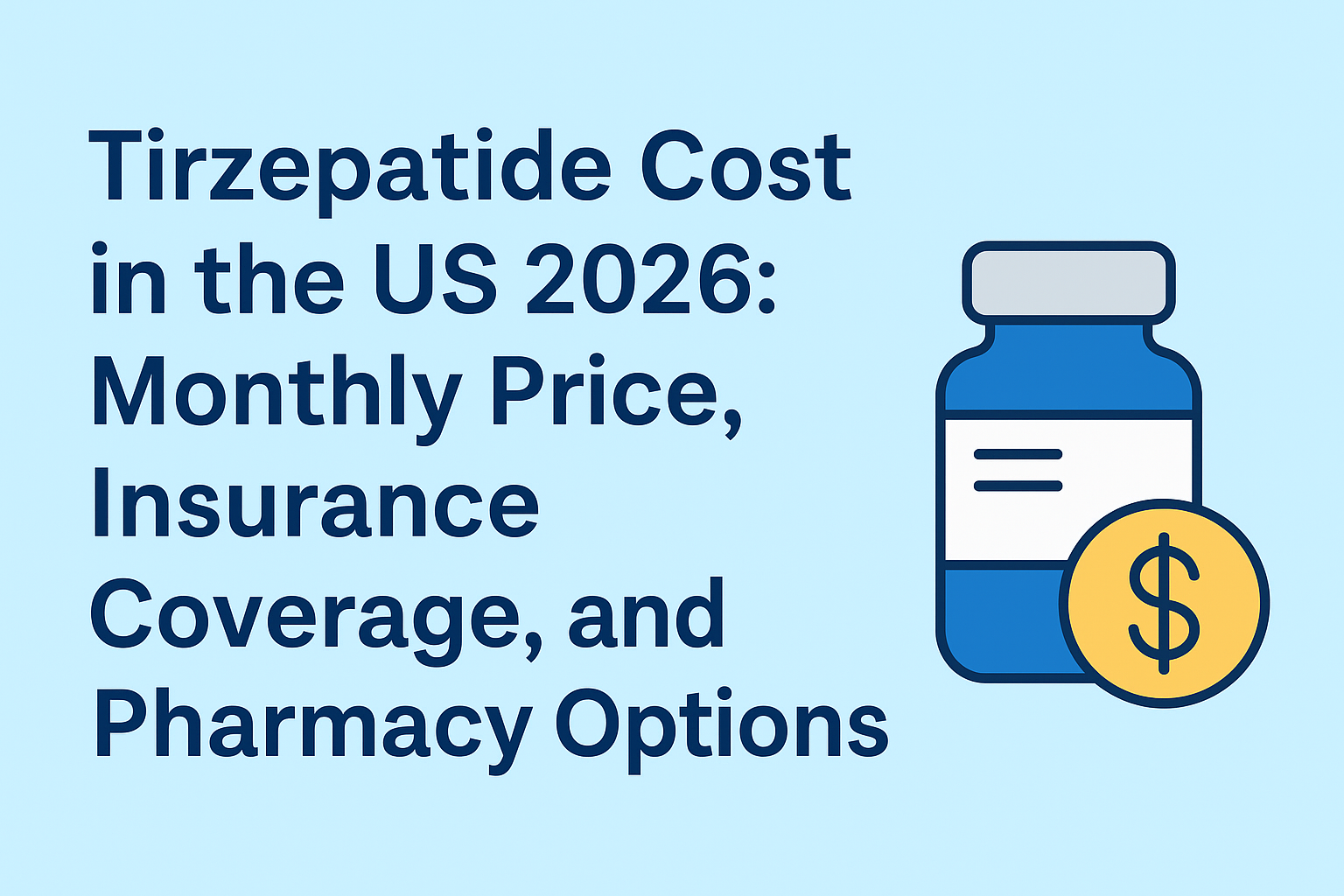
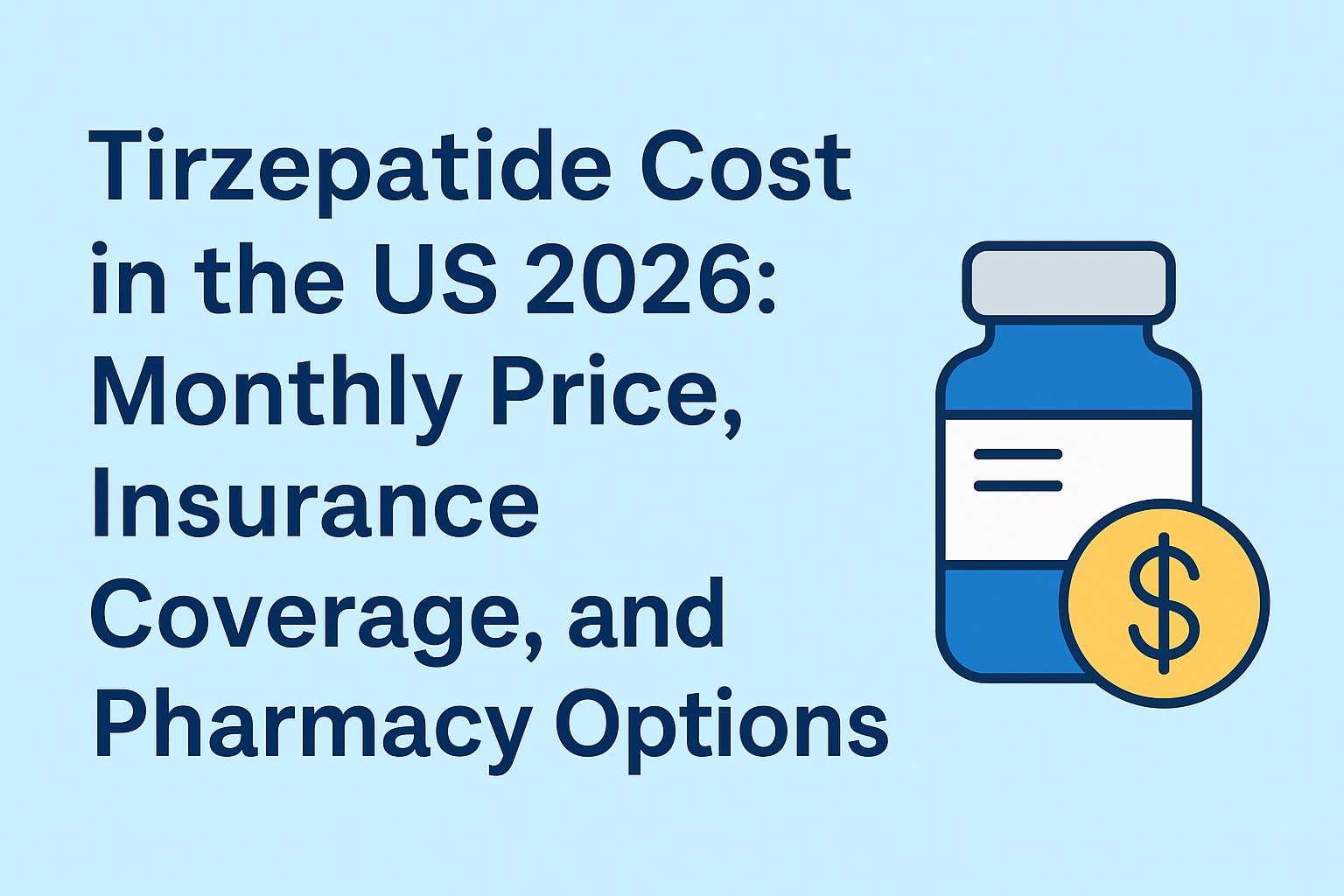

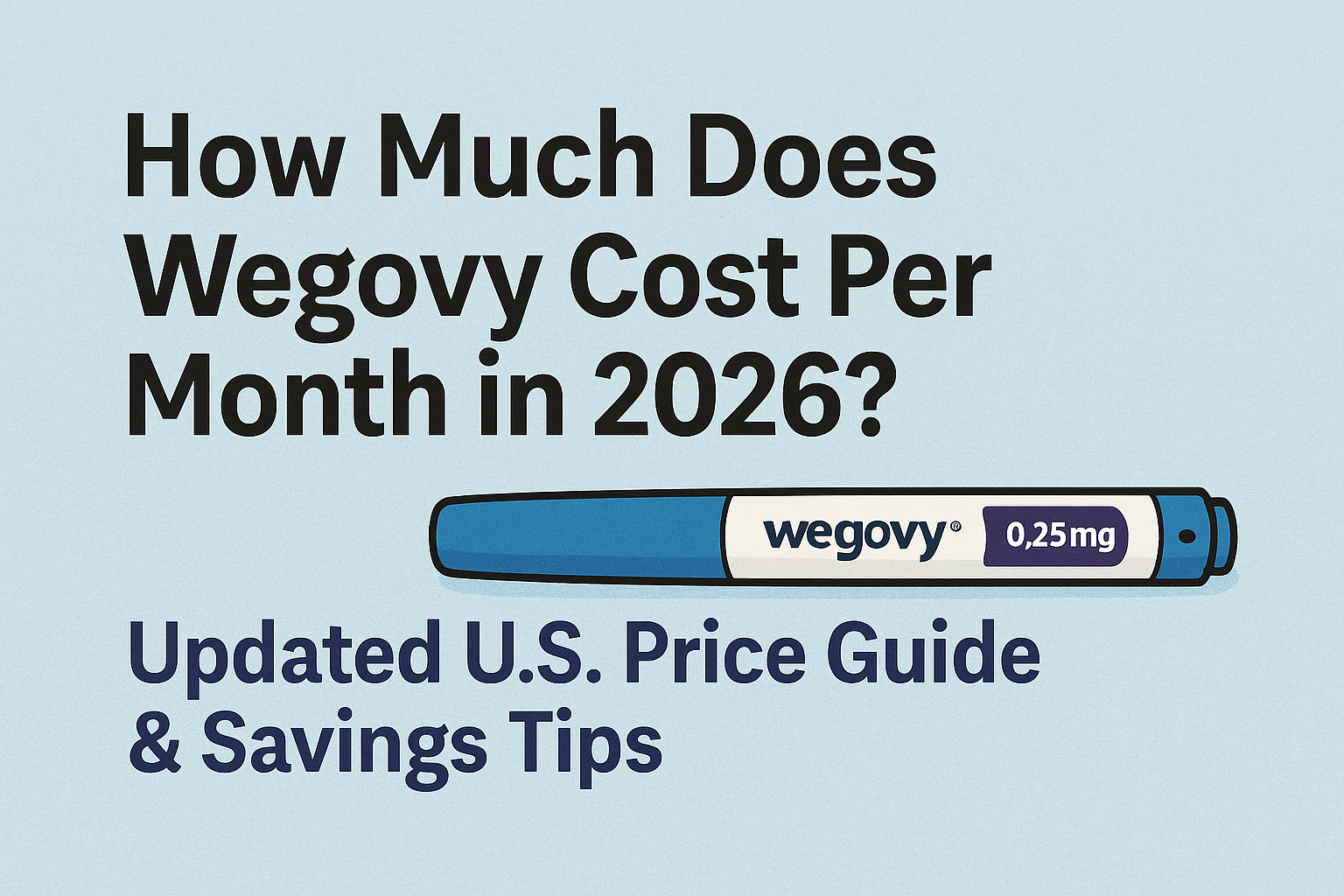
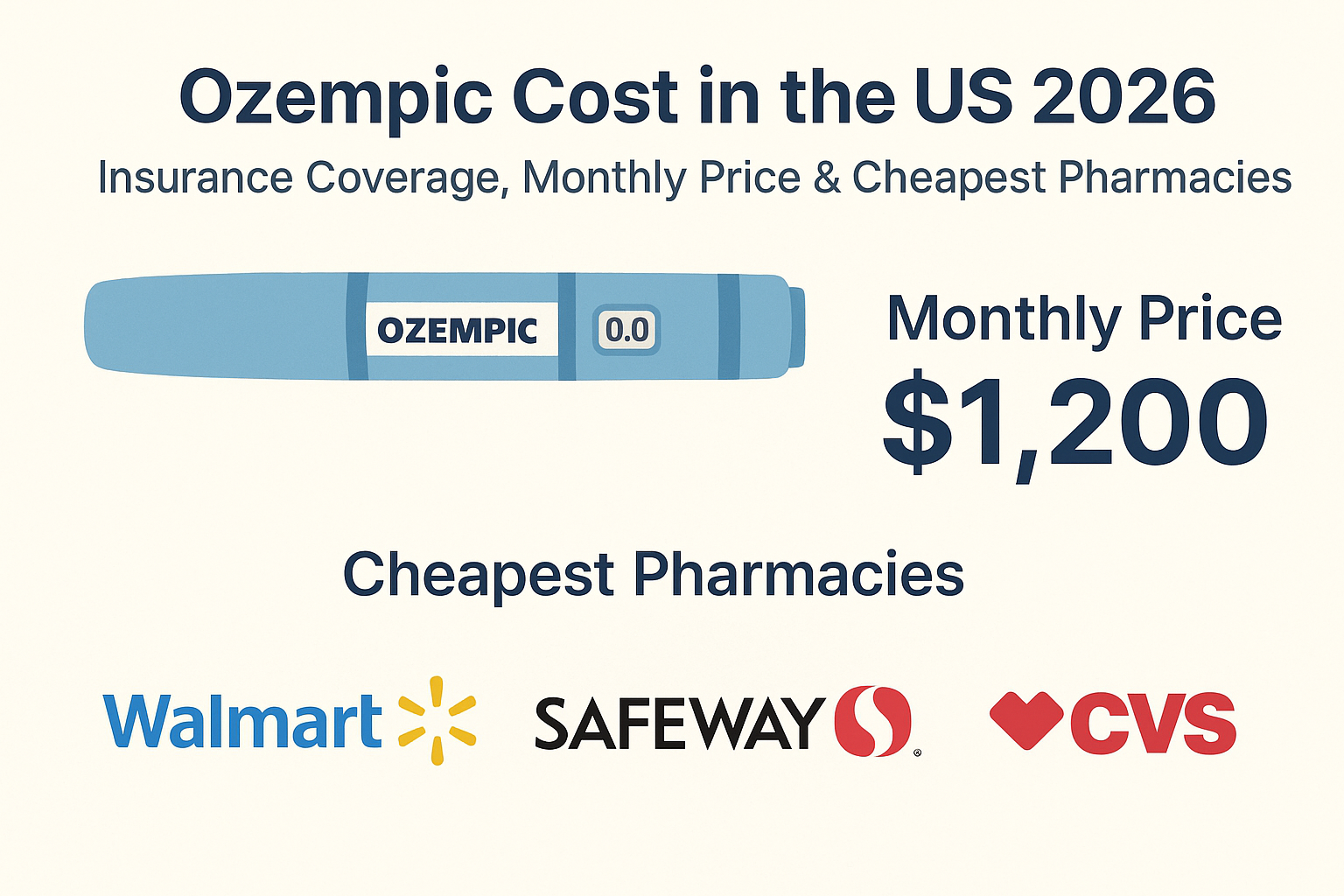
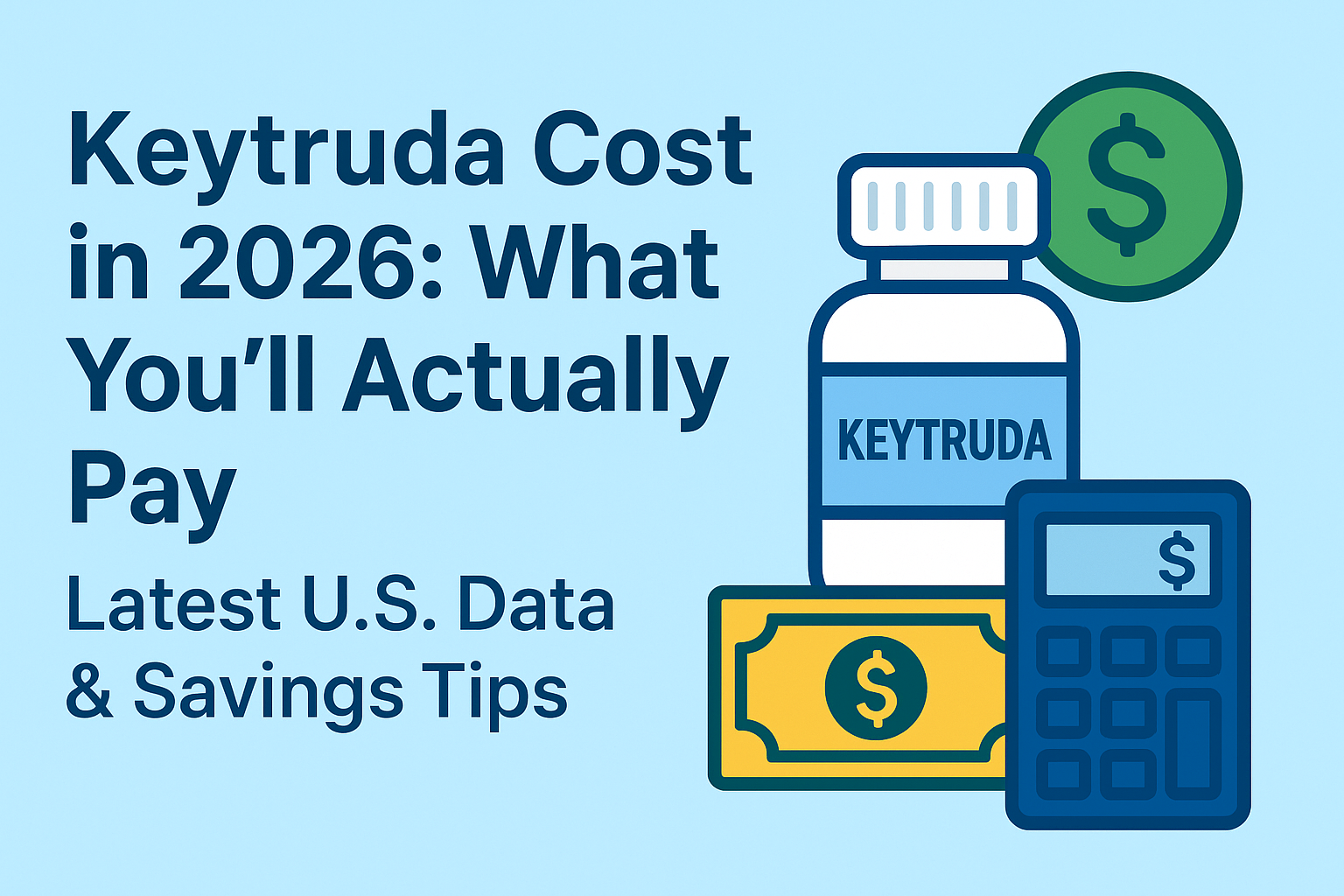
Add a Comment